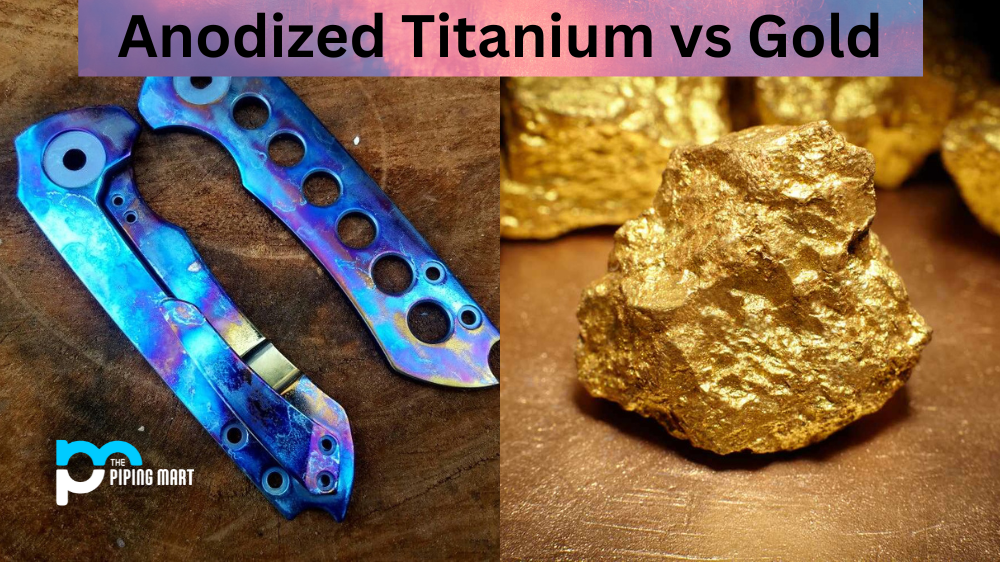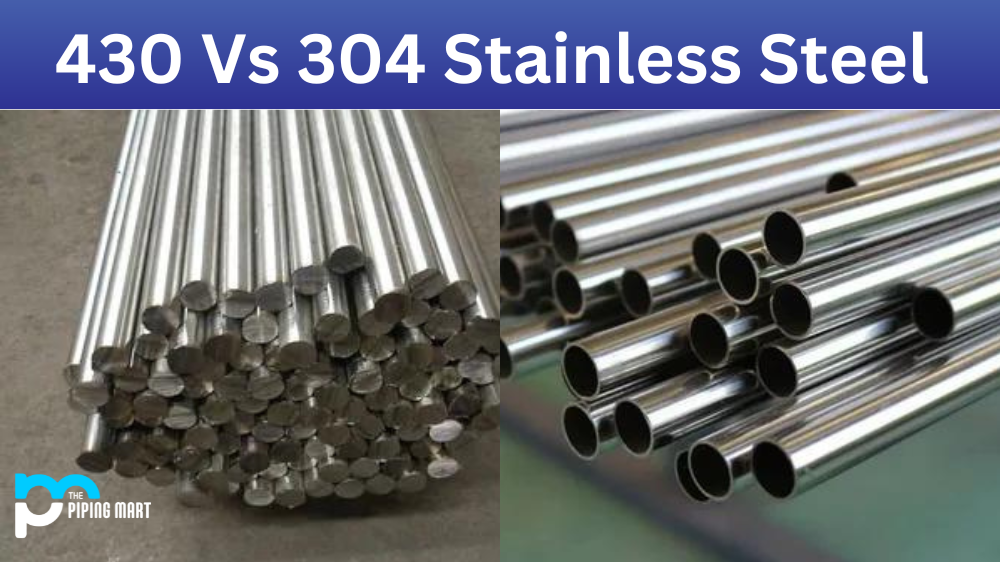Inconel 600 and Hastelloy C276 are nickel-based alloys widely used in various industries. Both alloys have excellent resistance to corrosion and high-temperature strength, making them ideal for applications that require durability and performance. However, their distinct differences set them apart regarding composition, properties, and applications. In this blog post, we will explore the differences between Inconel 600 and Hastelloy C276 and help you decide which alloy is best suited for your specific needs.
Inconel 600
Inconel 600 is a nickel-chromium alloy used in various applications requiring corrosion resistance. The alloy has excellent resistance to oxidation at high temperatures and can be used in both oxidizing and reducing environments. Inconel 600 also has good resistance to carburization and chloride stress-corrosion cracking.
Hastelloy C276
Hastelloy C276 is a nickel-chromium-molybdenum alloy that is used in a variety of corrosive environments. The alloy has excellent resistance to pitting and crevice corrosion, as well as to stress-corrosion cracking. Hastelloy C276 also has good resistance to oxidizing environments at high temperatures.
Difference Between Inconel 600 and Hastelloy C276
When comparing Inconel 600 vs Hastelloy C276, it is essential to note that both alloys have excellent corrosion resistance. However, Hastelloy C276 has better resistance to pitting and crevice corrosion and stress-corrosion cracking. In addition, Hastelloy C276 can be used in oxidizing and reducing environments, while Inconel 600 is only suitable for use in oxidizing environments.
Composition
Inconel 600 is a nickel-chromium iron alloy that contains 76% minimum nickel, 14-17% chromium, and small amounts of other elements such as copper, iron, and manganese. The high nickel content of Inconel 600 provides excellent resistance to a wide range of corrosive media, including acids, alkalis, and seawater. On the other hand, Hastelloy C276 is a nickel-molybdenum-chromium alloy that contains 57% minimum nickel, 15-17% molybdenum, and 14.5-16.5% chromium, as well as small amounts of other elements such as iron and tungsten. Adding molybdenum and tungsten makes Hastelloy C276 highly corrosion-resistant by reducing agents and organic acids.
Properties
While both Inconel 600 and Hastelloy C276 have excellent corrosion resistance, each alloy has unique properties. Inconel 600 has a high melting point of 1411°C and good high-temperature strength, making it suitable for applications in the chemical and petrochemical industry. It also has good resistance to oxidation and scaling in high-temperature environments. On the other hand, Hastelloy C276 has excellent resistance to localized corrosion, stress corrosion cracking, and pitting. It also has good resistance to oxidizing and reducing environments, making it suitable for various applications in the chemical processing industry, including chemical reactors, distillation columns, and heat exchangers.
Applications
Inconel 600 and Hastelloy C276 are widely used in various industrial applications requiring corrosion resistance and high-temperature strength. Inconel 600 is commonly used in high-temperature applications, including aerospace, nuclear reactors, and furnace components. It is also used in the chemical and petrochemical industry for heat exchangers and steam generator tubing applications. Hastelloy C276, on the other hand, is commonly used in chemical processing applications, including chemical reactors, distillation columns, and heat exchangers. It is also used in pulp and paper, power generation, and waste treatment facilities.
Cost
One of the critical differences between Inconel 600 and Hastelloy C276 is the cost. Inconel 600 is more cost-effective than Hastelloy C276, making it a popular choice for applications where the additional corrosion resistance of Hastelloy C276 is not required. However, the additional cost of Hastelloy C276 may be justified in applications where corrosion resistance is critical.
Conclusion
Inconel 600 and Hastelloy C276 are excellent nickel-based alloys with exceptional corrosion resistance and high-temperature strength. While they have similarities in general properties, they differ in composition, properties, and applications. Both alloys have unique strengths and weaknesses, and their choice depends on specific application requirements. By understanding the differences between Inconel 600 and Hastelloy C276, you can decide which alloy is best suited for your needs.

Abhishek is a seasoned blogger and industry expert, sharing his insights and knowledge on various topics. With his research, Abhishek offers valuable insights and tips for professionals and enthusiasts. Follow him for expert advice on the latest trends and developments in the metal industry.




